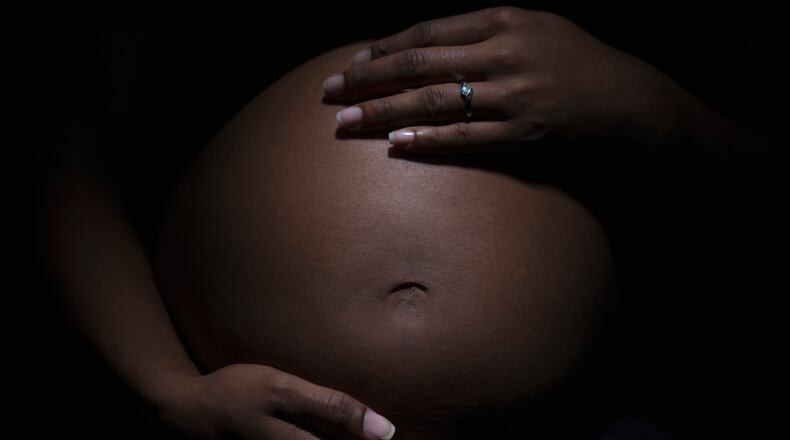Can pregnant women decrease the likelihood of suffering a stillbirth? Yes, avoid sleeping on your back, a new report suggests.
» RELATED: Is light drinking while pregnant really dangerous?
Researchers from universities in the United Kingdom recently conducted an experiment to determine the link between sleeping positions and late-stage fetal death.
To do so, they recruited more than 1,000 women. Of the group, 291 had stillbirths 28 weeks or later into their pregnancy and 735 had live births.
Scientists then interviewed the participants about whether they slept on their backs or sides.
After analyzing the results, they found the women who had a late stillbirth were 2.3 times more likely to report going to bed on their back the night before the baby died.
They also estimate that late-stage stillbirths could drop by 3.7 percent in England if no pregnant woman slept on her back.
"The message that emerges from this research though, is that women can modify this particular risk factor themselves," lead researcher Tomasina Stacey said in a statement. "When they go to bed, they should try to settle to sleep on their side and not their back – it doesn't matter if it's the left side or the right side."
»RELATED: Autism linked to fever during pregnancy, new study finds
Why can sleeping on your back be so dangerous during pregnancy?
Researchers believe the combined weight of the baby and the womb can put a lot of pressure on a mother’s blood flow especially in the later stages of a pregnancy. This could restrict blood flow and oxygen that babies need.
Switching the position to the side can lower the chances as blood flow is less likely to be interrupted.
The research, published in in the Journal of Obstetrics and Gynaecology, was funded by four charities: Action Medical Research, Cure Kids, Sands, and Tommy's, which hopes to use the findings in a public health campaign about stillbirth risk.
"This addition to current knowledge is very welcome. The Tommy's campaign and the research findings are a great example of how through making small changes we can begin to bring down stillbirth rates,” Stacey said. “It is a simple change that can make a difference and it will be important to ensure that this is communicated effectively to women."
»RELATED: Pregnancy and toxoplasmosis: Cat disease that affects pregnant women
About the Author
Keep Reading
The Latest
Featured



